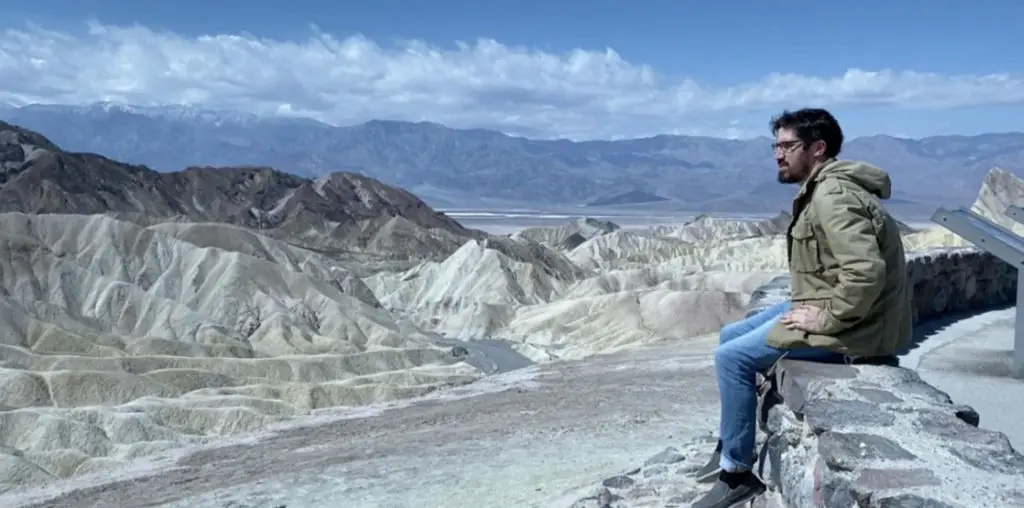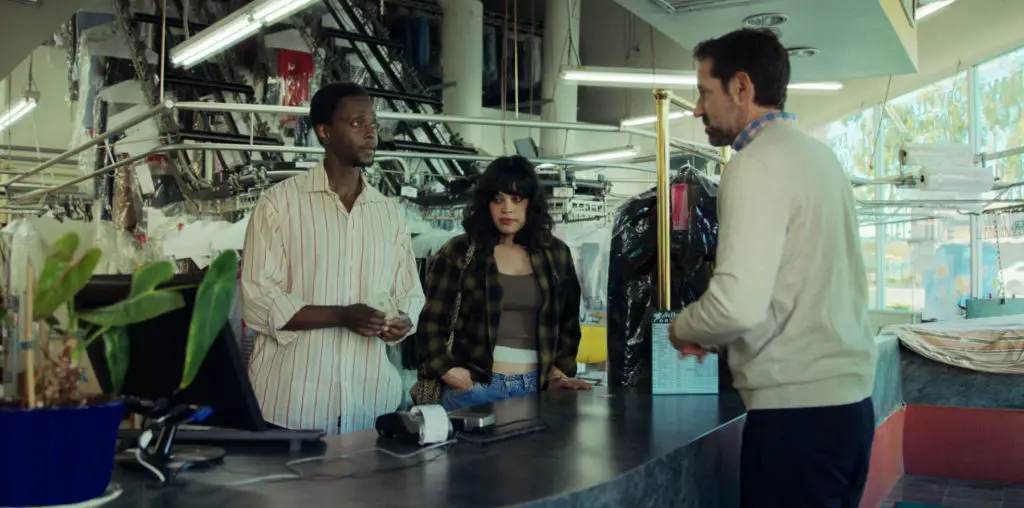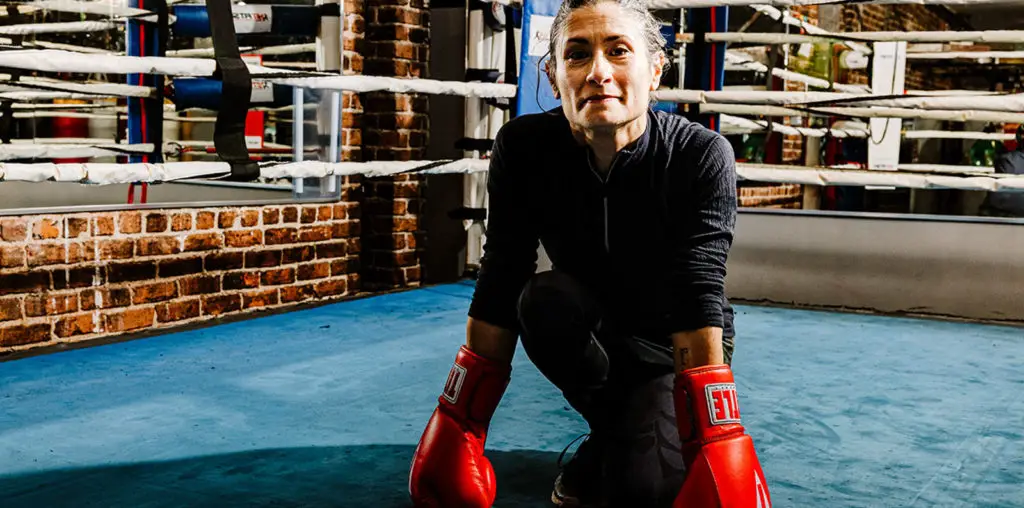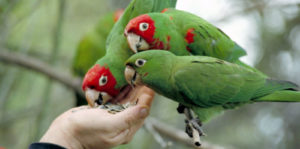
Directed and edited by Judy Irving, The Wild Parrots of Telegraph Hill follows the adventures of a hippie birdkeeper named Mark Bittner, who cares for the local parrots. An unemployed musician, our friend Mark lives rent-free in the San Francisco Telegraph Hill neighborhood.
Picture Mark in your head: He has long frizzy blondish hair, which is as crazy and untamed as his carefree personality. His large, bushy beard emanates from his pen-like chin. He wears a red polo shirt and denim blue jeans. Piercing bright blue eyes gaze at you while gentle creases adorn his forehead. “I don’t think of myself as an eccentric,” Mark tells us. “I saw these wild parrots. They were a big mystery to me, and I wanted to find out who they were.”
The documentary is every bit about Mark as it is about the parrots. Throughout the film’s course, we are given a glimpse into Mark’s inner psychology. Mark explains how he fell in love with the parrots over time. He knows them each by name and describes their unique human-like personalities in detail. It went from a frivolous hobby into a genuine spiritual calling.
Spirituality in nature is a core theme of Irving’s film. In one scene, we see a large church facade set against the backdrop of California’s entrancing sun-tinged blue sky. Atop the cross stands a gray pigeon, staring out poetically. A deeply spiritual and poetic man, Mark is in love with nature. Because of this, he is affectionately known as the “Saint Francis” of his community.
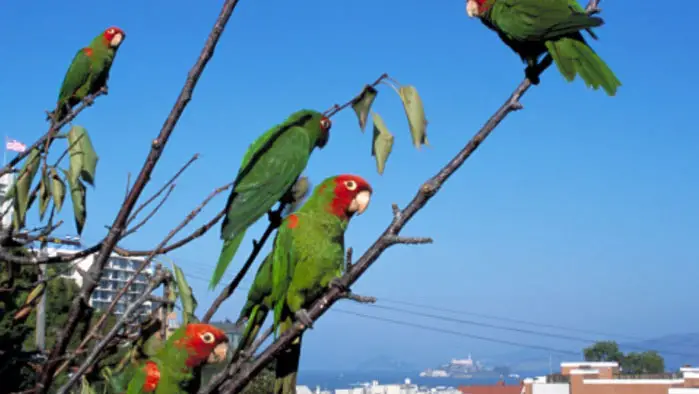
“…adventures of a hippie birdkeeper named Mark Bittner…”
As a jobless man, Mark walks us through his own spiritual journey in life. He speaks of his personal difficulties in finding his life’s meaning. For years, he struggled to find his destiny. One day, he finally found himself in nature—rather than on the boring path of a conventional career. “It wasn’t a plan. It just happened,” he tells us in a very Zen Buddhist kind of way. “It’s magic that way.” Mark’s story is especially powerful and relatable in a post-Covid world of restlessness and unemployment.
And who could not feel God’s presence in the gorgeous California scenery of this artistic film? We are constantly treated to scenes of bright blue skies, perfect sunny days, and the flourishing floral and faunal life you’d expect to find in the Garden of Eden.
The parrots themselves are breathtakingly beautiful. The birds exude majestic palettes of solid bright red, green, blue, and orange in the movie’s dramatic close-up shots. Throughout the film, the editing is consistently creative and reasonably engaging.
The Wild Parrots of Telegraph Hill is a beautiful bacchanalia of the visual senses. It is an Olympian pleasure fest for the eyes during most of its hour-and-a-half runtime. The stunning visuals are complemented by the original musical soundtrack of Chris Michie, which sounds like a homey 90s Whitesnake love ballad.
Although hardly the world’s best film, The Wild Parrots of Telegraph Hill is cute, clever, and heartfelt. It explores deep questions about human attachment, animal consciousness, and the spiritual connection with nature. And all of this is done with the carefree spirit of its gorgeous setting: San Francisco.
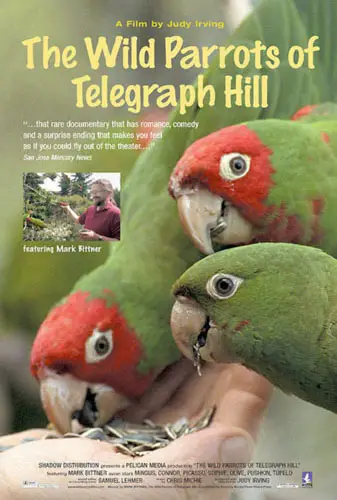
"…cute, clever, and heartfelt."
